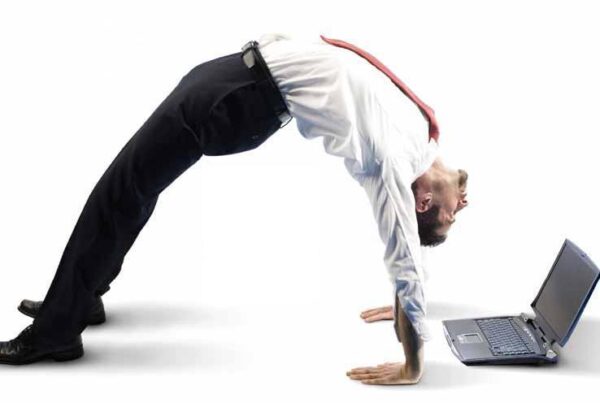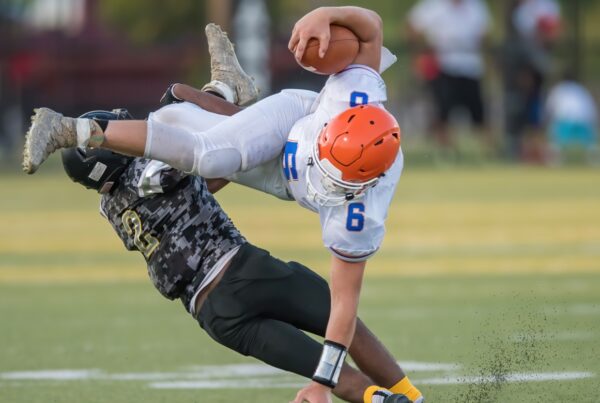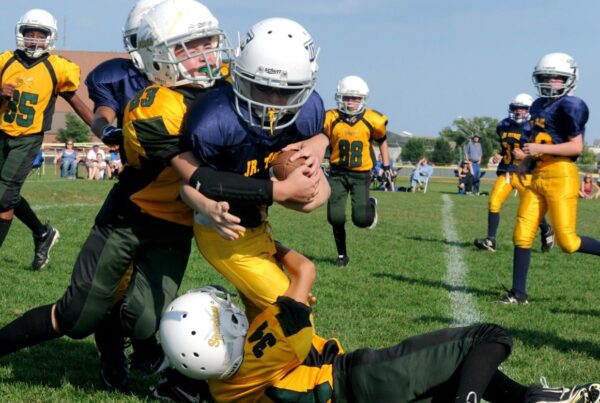by Rebecca Lingerfelt, DPT
If you’ve taken Levaquin (generic name Levofloxacin, part of the group Fluoroquinolone), you may be at risk for tendon inflammation, disease, and even rupture. Levaquin is an antibiotic used for respiratory, urinary tract, gastrointestinal, and abdominal infections. Some common uses are for E. coli, flu, pneumonia, Staph (but not MRSA, medically resistant Staphylococcus aureus), and Strep throat. The first cases of fluoroquinolone-associated tendinopathy and rupture were reported in 1983 and 1991, respectively. There have been class-action lawsuits in multiple states regarding the potential cause of tendon ruptures by this medication, and manufacturers have settled some suits already, stating the drug is safe and effective with a minimum of side effects.
The most common tendon is the Achilles tendon, but it has also been associated with tendinopathy at the shoulder, elbow, hand, knee, foot, and even tendons of the eye. These injuries have been recorded to occur as soon as 2 hours after the initial dose and as late as 6 months after the final dose. Other adverse effects include joint pain, joint effusion, cartilage abnormalities, delay in healing fractures, and diffuse muscle pain with or without weakness. The higher relative risk factors include more recent use of the antibiotic, age greater than 60 years, participation in sports, and concurrent use of corticosteroids. If you have an infection and any of these higher risk factors, it would be good to have a discussion with your physician prior to prescribing Levaquin or similar antibiotic.
Once you’ve taken the medication, be careful of how active your are within that 6 month window after use when you are at higher risk of tendon inflammation or rupture. The clinical review referenced below proposes the following for athletes: to not take Levaquin unless no alternatives, be aware of adverse effects and limit or modify physical activity to avoid high intensity and ballistic training, avoid concurrent corticosteroid use, potentially supplement with magnesium or antioxidants, and completely stop athletic activity if experiencing any symptoms. It is recommended the athlete be monitored from the day of the first dose until one month after the final dose, but he or she should be aware of potential symptoms up to six months after use of this medication.
Considering the research that has been done around the class of drugs, it is likely musculoskeletal complications associated with use are still under-reported and under-screened as of today. If you are coming to physical therapy, always inform your physical therapist of all your medications as they may affect your treatment and outcomes with PT.
http://en.wikipedia.org/wiki/Levofloxacin
http://www.levaquinadversesideeffect.com/wp-content/uploads/Documents/Hall-2011.pdf
Dr. Lingerfelt is a Physical Therapist at Boston Sports Medicine



